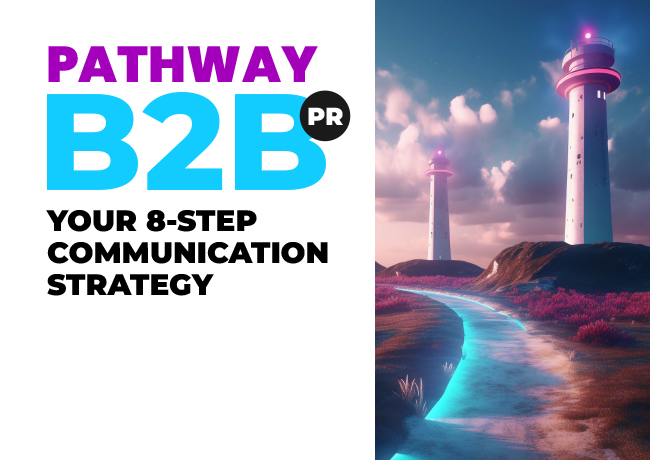
9 steps to activate your communication strategy internally
In a nutshell, a communication strategy is the blueprint for how you are going to deliver your business plan. Rooted in defined commercial goals and led by senior stakeholders across your business, it outlines your who, what, why, where, and when. A critical part of its successful delivery is ensuring that the internal team is fully aligned with your messaging and understands the effort required to achieve your commercial goals.
So, you’ve developed your communication strategy. Hopefully, your taskforce included the right people, and you now have a board-level champion and a team of departmental leads who are invested in your blueprint. This will give you a great foundation to build on.
Here’s how to bring your communication strategy to life within your organisation.
Define your objectives
Begin by ensuring that every team member understands the “why” behind your strategy. Outline your business goals, financial targets, and the desired direction for your company. Providing a clear context helps everyone grasp the importance of their role in this collective effort.
Leverage your taskforce
Once your strategy is in place, the next step is to utilise the team that helped develop the strategy. These comms champions are essential for bridging the gap between planning and execution. Their advocacy and contribution are invaluable in turning theory into practice.
Your board-level champion has a vital role to play; they will advocate the comms strategy when the organisation could be distracted or lose focus, such as challenging financial times or incredibly busy periods.
3Define key messages
Share the core elements of your communication strategy — from target personas and positioning statements to unique selling points. Encourage your team to weave these messages into their daily tasks, ensuring that your strategy is not just understood, but actively applied.
Provide a comprehensive toolkit
Equip your team with a well-formulated, well-researched and fixed set of tools. This toolkit should offer everything from detailed audience insights to clear messaging frameworks. Its dual purpose is to guide your business’s strategic direction and offer practical support for everyday applications.
If you’re struggling to know what to include – our guide Pathway: Your 8 step communication strategy can help.
Regularly discuss progress
Make sure your communication strategy implementation is a regular agenda item in town halls and team meetings. You could even incorporate it into your company objectives and quarterly targets. Include updates in internal newsletters and on noticeboards.
Making it a constant topic of discussion keeps the momentum going and ensures it remains a focal point for the entire team.
7Review and adapt
Implement your strategy with clear timelines and monitor its progress. Revisit and refine your approach based on feedback and new insights, ensuring your strategy remains dynamic and responsive to your business needs.
8Measure and evaluate
Use qualitative and quantitative measures to assess the effectiveness of your strategy against your business objectives. Set out clear targets ahead of rollout and diarise regular evaluation against the original objectives to ensure both the strategy and the team’s execution is proving effective. This step is crucial for understanding impact and guiding future adjustments.
9Celebrate success
Recognise the achievements of the team.
Share stories and experiences to promote a learning culture and reinforce the value of the comms strategy. Highlight members of the team who have successfully woven the strategy’s messaging into their activity and have seen positive results. Sharing success stories reinforces the value of your efforts and motivates the team to continue their excellent work.
Activating your communication strategy is a dynamic and ongoing process. By following these steps, you’re not just implementing a plan; you’re fostering a more engaged, informed, and cohesive workforce. Start with clear objectives, engage your champions, and maintain an open dialogue throughout the journey. Remember, a successful strategy is one that evolves with your team and business needs, creating a culture of continuous improvement and achievement.

The impact of a communication strategy
“If you had told me at the start of this journey that a business like ours, operating in our space, could have a USP, I would never have believed you. I would not have thought it was possible. But we do, and we have, we stand out for all the right reasons. That’s remarkable.”

Your 8-Step Communication Strategy Guide
A comprehensive guide to delivering your business goals using intelligent and relevant messaging.

